Tokyo Tardis: Apollo Architects slot office into a family home
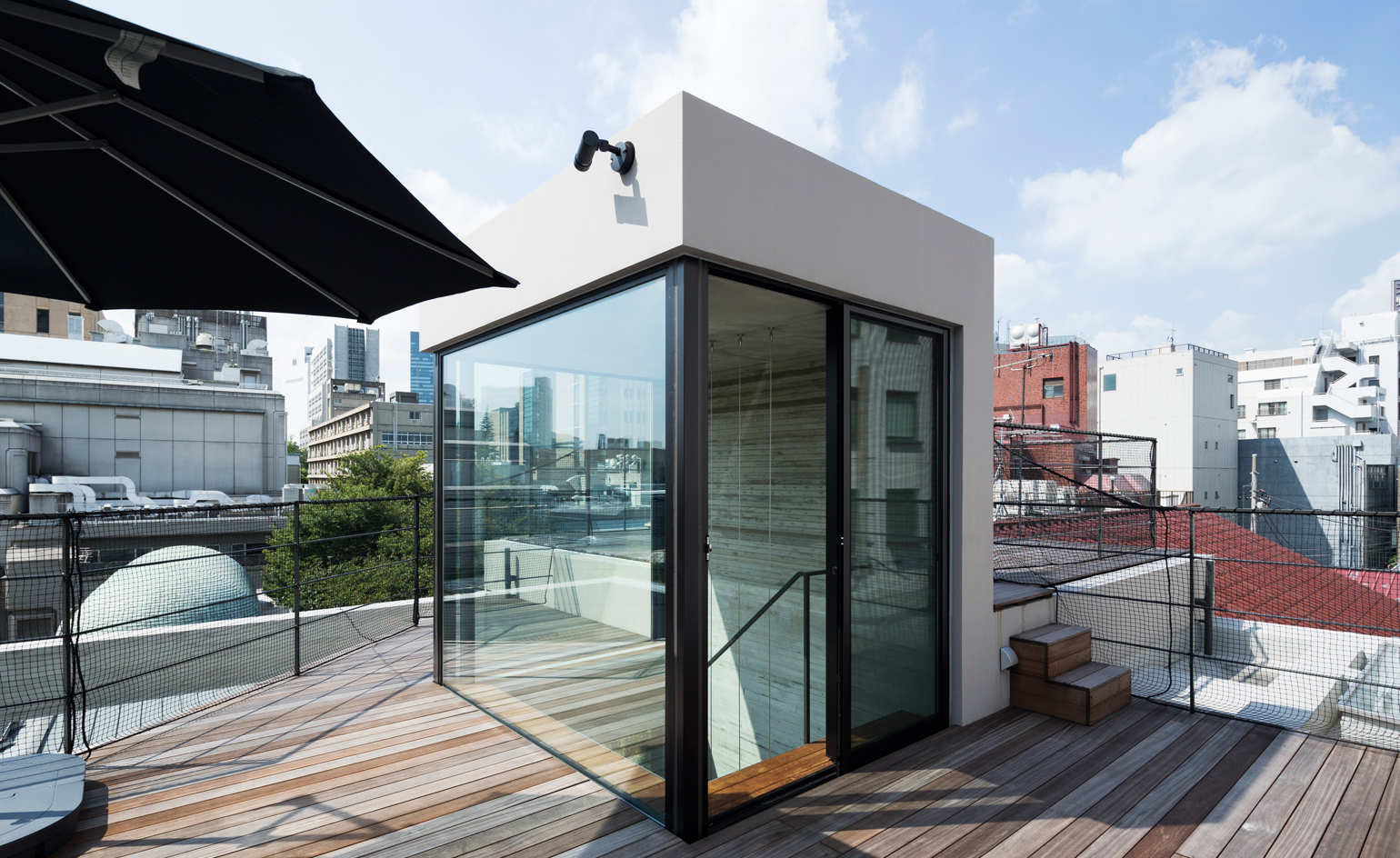
Japanese firm Apollo Architects liked the home they designed for a family in Aoyama, Tokyo so much, they decided to move their offices into its basement. Conceived as a multi-use space from the outset so that the owners could earn an income from rent, the complex is spread over four floors with offices in the basement and living quarters on the ground, first and second floors.
Located in a quiet cul-de-sac, the building is unobtrusive from the street, with a subtle facade that's split into three rectangular slabs – one half reinforced concrete, one quarter Japanese cedar-clad louvres and another half-mirror glass. With its own separate access from the street, the basement office is found via an open tread staircase that wraps two sides of a generous lightwell. With two floor-to-ceiling windows that maximise on daylight, the basement now serves as Apollo's HQ which incorporates a small showroom space with furniture samples.
Upstairs, a central dog-leg stairwell wrapped with glass panels punctuates the three floors of the building and channels daylight into the centre of the home. With its huge glass windows, the ground floor functions as a dual-aspect meeting room that’s available for hire. From here, the central staircase leads upwards to the first floor where the main bedroom – which benefits from south-facing, leafy courtyard views, a walk-in-closet and its own triangular balcony – is located. Two further bedrooms and a compact bathroom and wash room overlook the street.
On the second floor, an open-plan living room and kitchen are placed to the west, while a dining area and library are on the east, loosely divided by the staircase. Up above, on the timber-decked rooftop, the family enjoy an 'outdoor living room' area that offers up panoramic views of the neighbourhood.
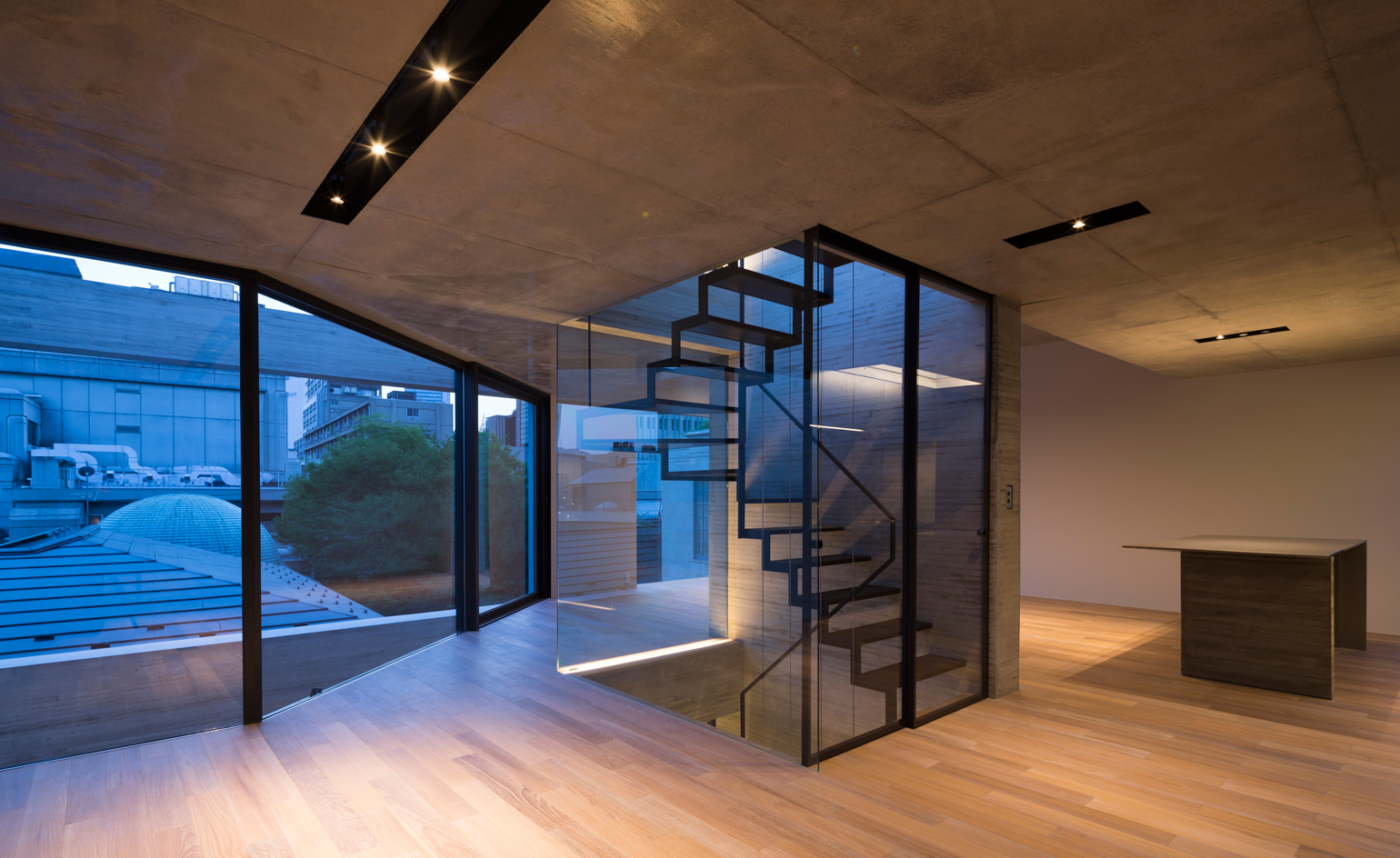
The firm are known for their logical approach to aesthetics. They're problem solvers, as seen here in the clean lines and broad glass planes of the upper level living area, creating the illusion of a much larger space
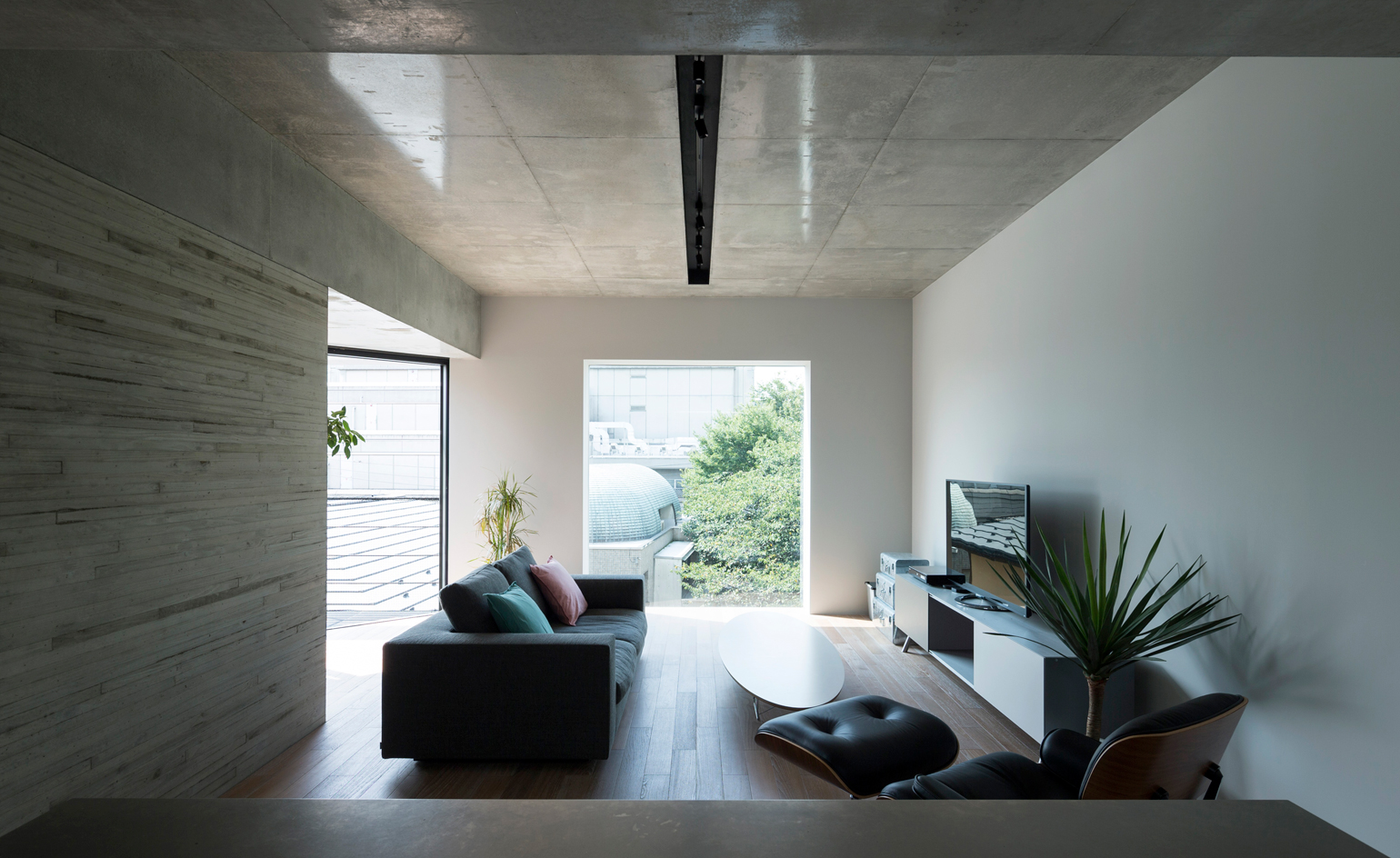
Up on the top we find the family living room, which is comfortably distinct from the office area, separated from where the business happens
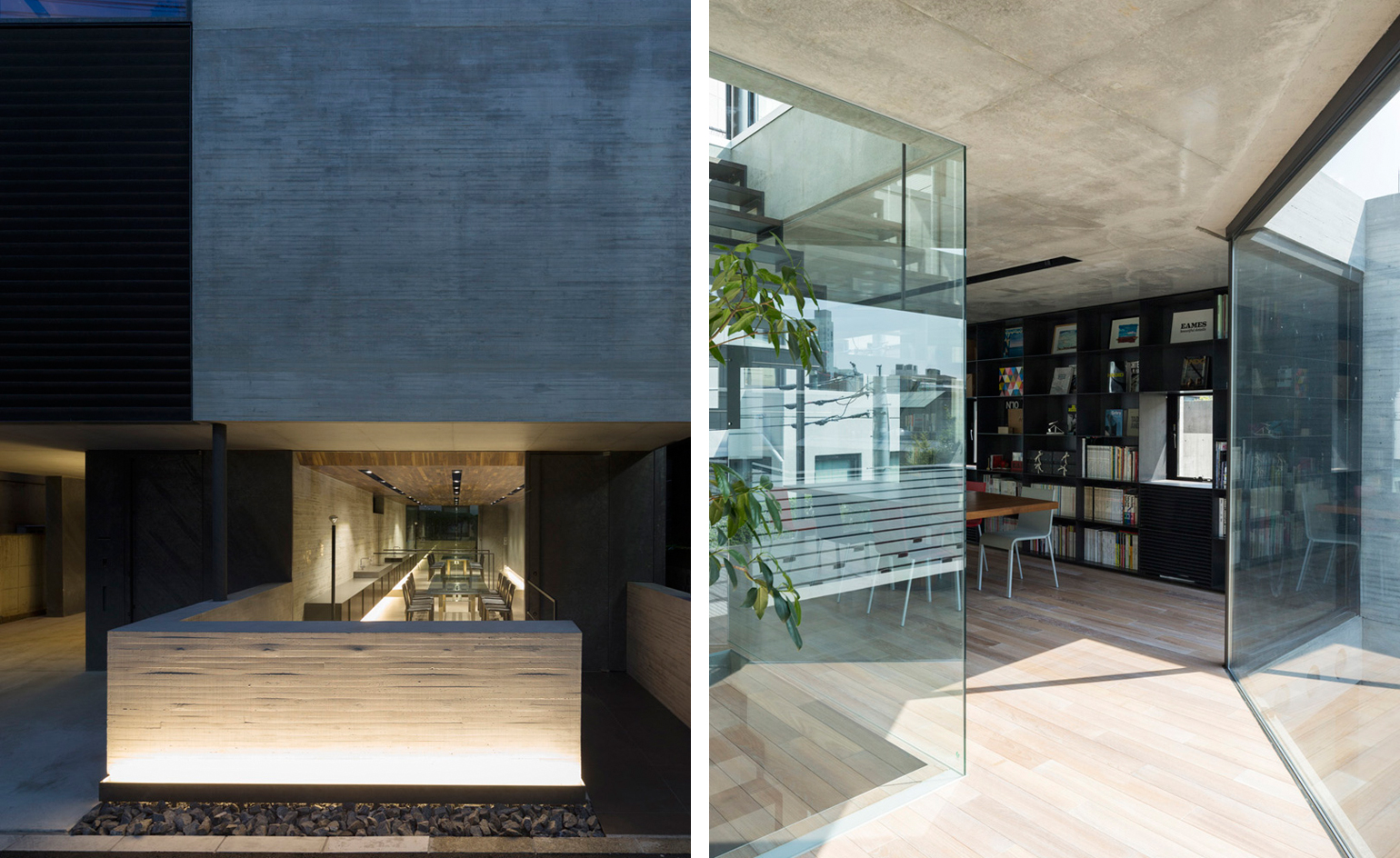
Outside, the quiet cul-de-sac location and concrete facade play down the striking interiors, which are deceptively light and airy
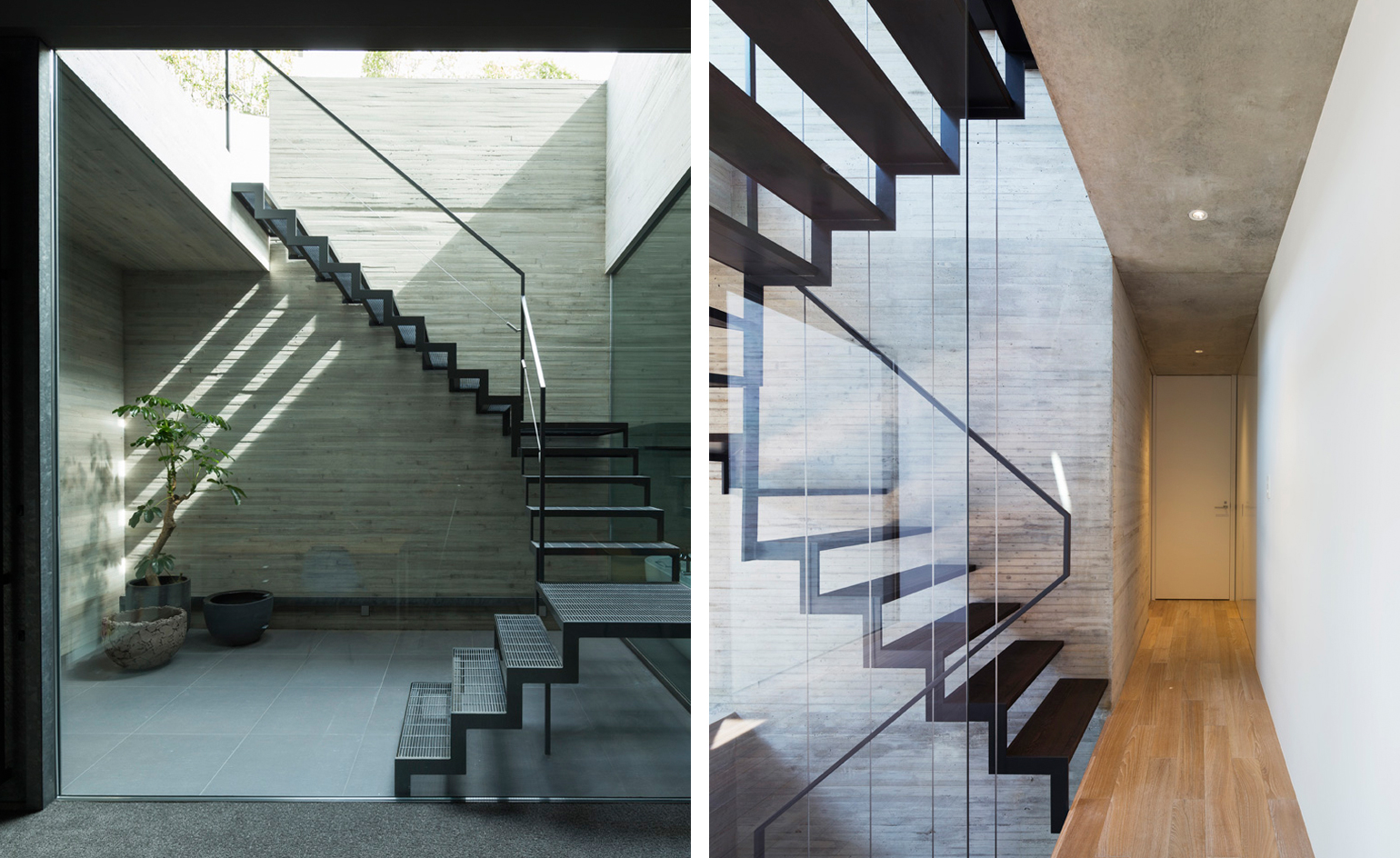
Here we see the central glass and dog-leg stairwell that links all three floors and adds continuity to the multi-functioning space
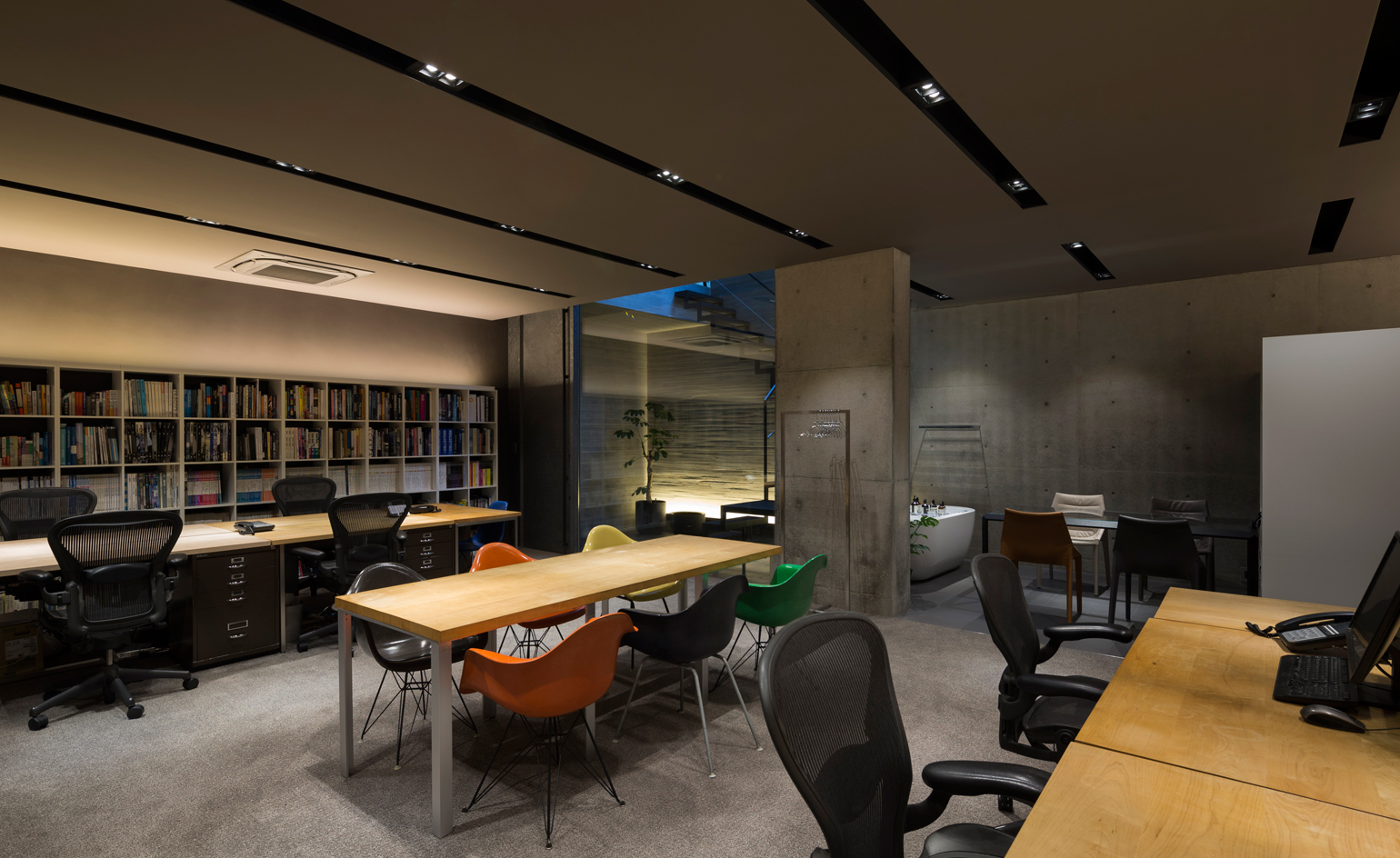
Down in the basement is where the real architectural magic happens. The highly-functioning office space is surprisingly spacious and comfortable, as well as being the economic choice, rent-wise
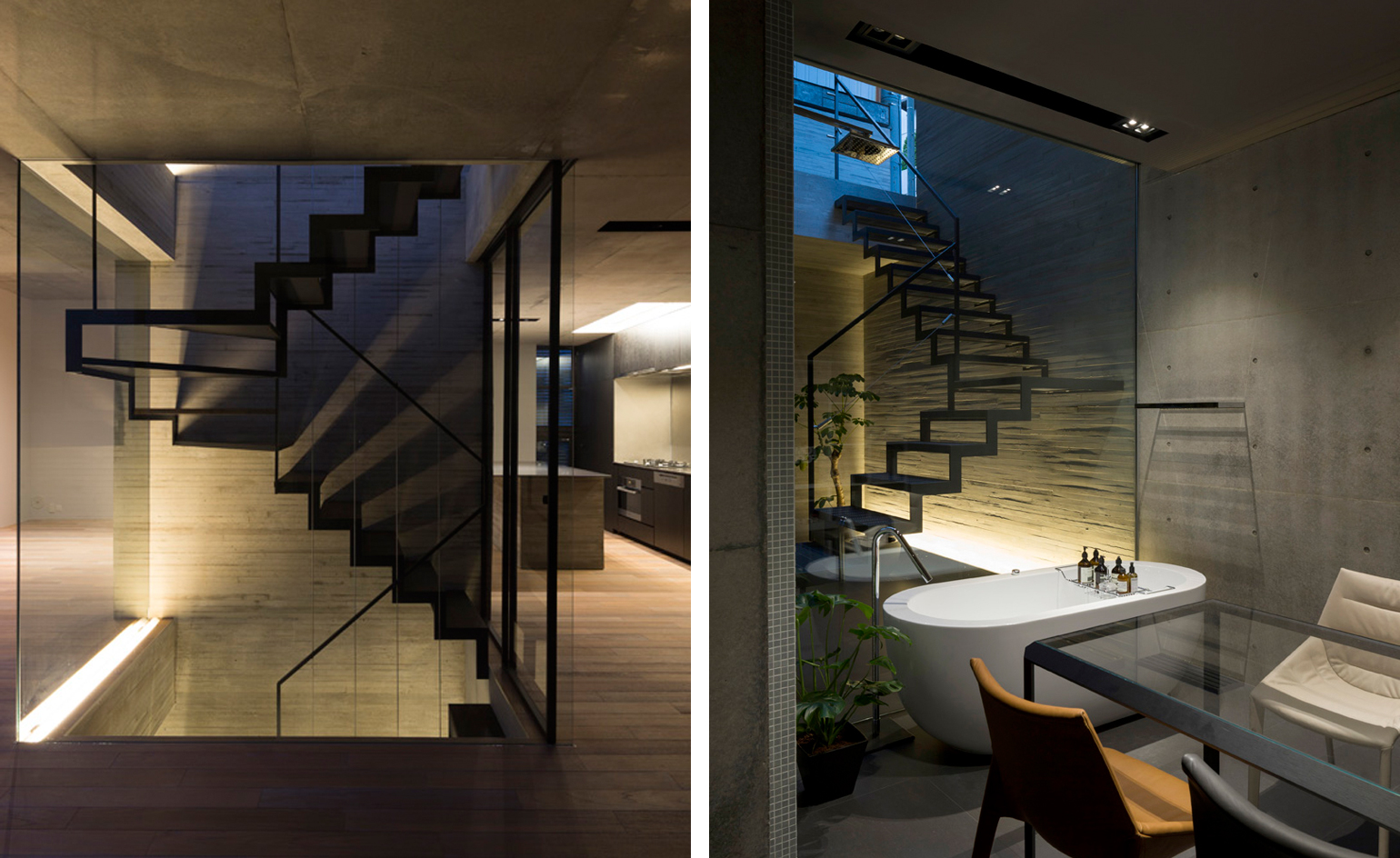
One of the quirks of the multi-purpose structure is the bathroom, which is clearly visible from the office space, cordoned off only by a glass panel
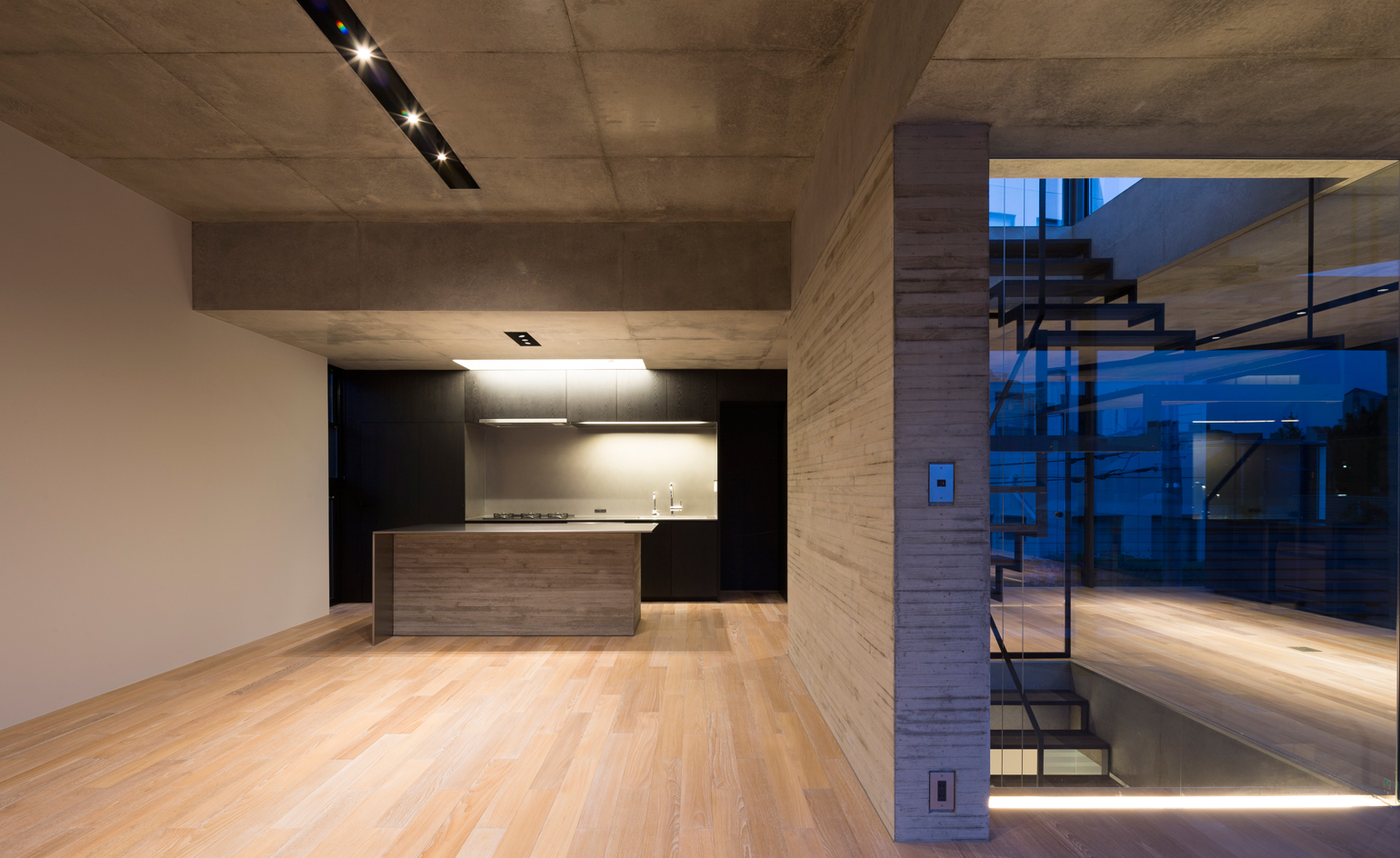
...but this can be forgiven when the unbroken, upstairs living space is seen. The perfect square is uncluttered, minimalist and a welcome reprise from the busy,working office below
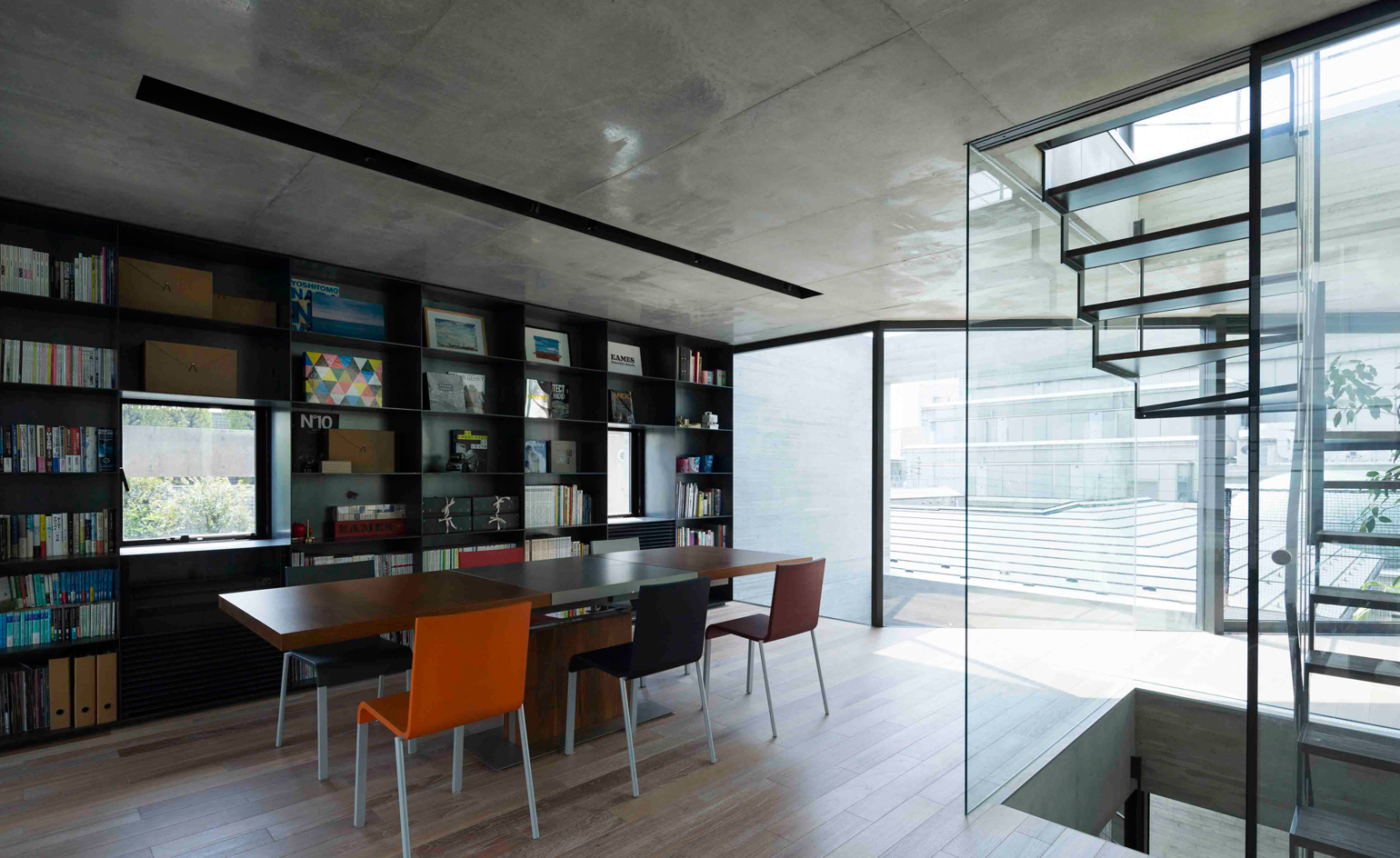
Still, similar themes are carried over from the basement office to the living spaces above (as seen in the use of similar tables and bookshelves) encouraging us to question whether our work-life spaces really do need to be so distinct
INFORMATION
For more information, visit the Apollo Architect website
Receive our daily digest of inspiration, escapism and design stories from around the world direct to your inbox.
Ali Morris is a UK-based editor, writer and creative consultant specialising in design, interiors and architecture. In her 16 years as a design writer, Ali has travelled the world, crafting articles about creative projects, products, places and people for titles such as Dezeen, Wallpaper* and Kinfolk.
-
 The Testament of Ann Lee brings the Shaker aesthetic to the big screen
The Testament of Ann Lee brings the Shaker aesthetic to the big screenDirected by Mona Fastvold and featuring Amanda Seyfried, The Testament of Ann Lee is a visual deep dive into Shaker culture
-
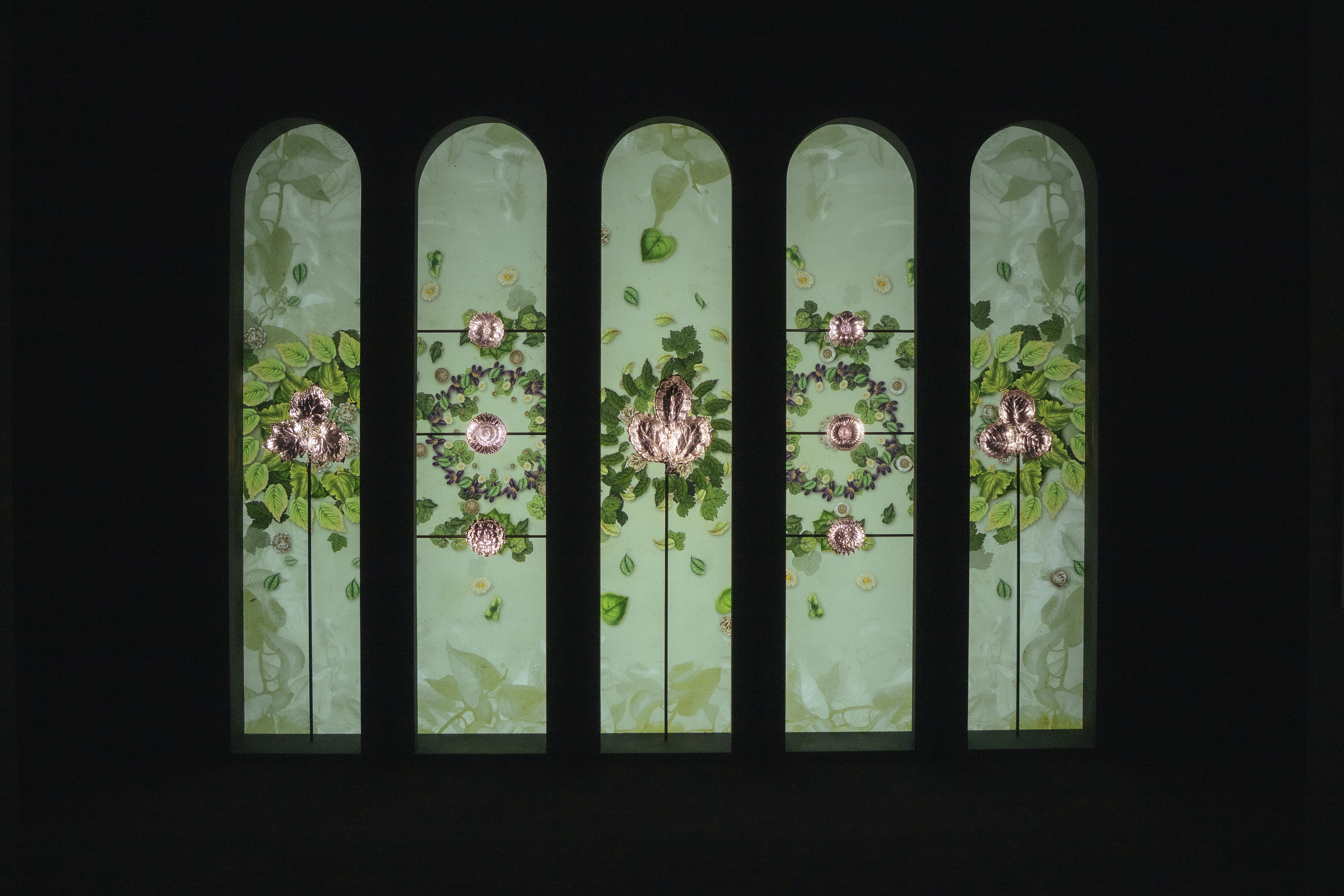 Dive into Buccellati's rich artistic heritage in Shanghai
Dive into Buccellati's rich artistic heritage in Shanghai'The Prince of Goldsmiths: Buccellati Rediscovering the Classics' exhibition takes visitors on an immersive journey through a fascinating history
-
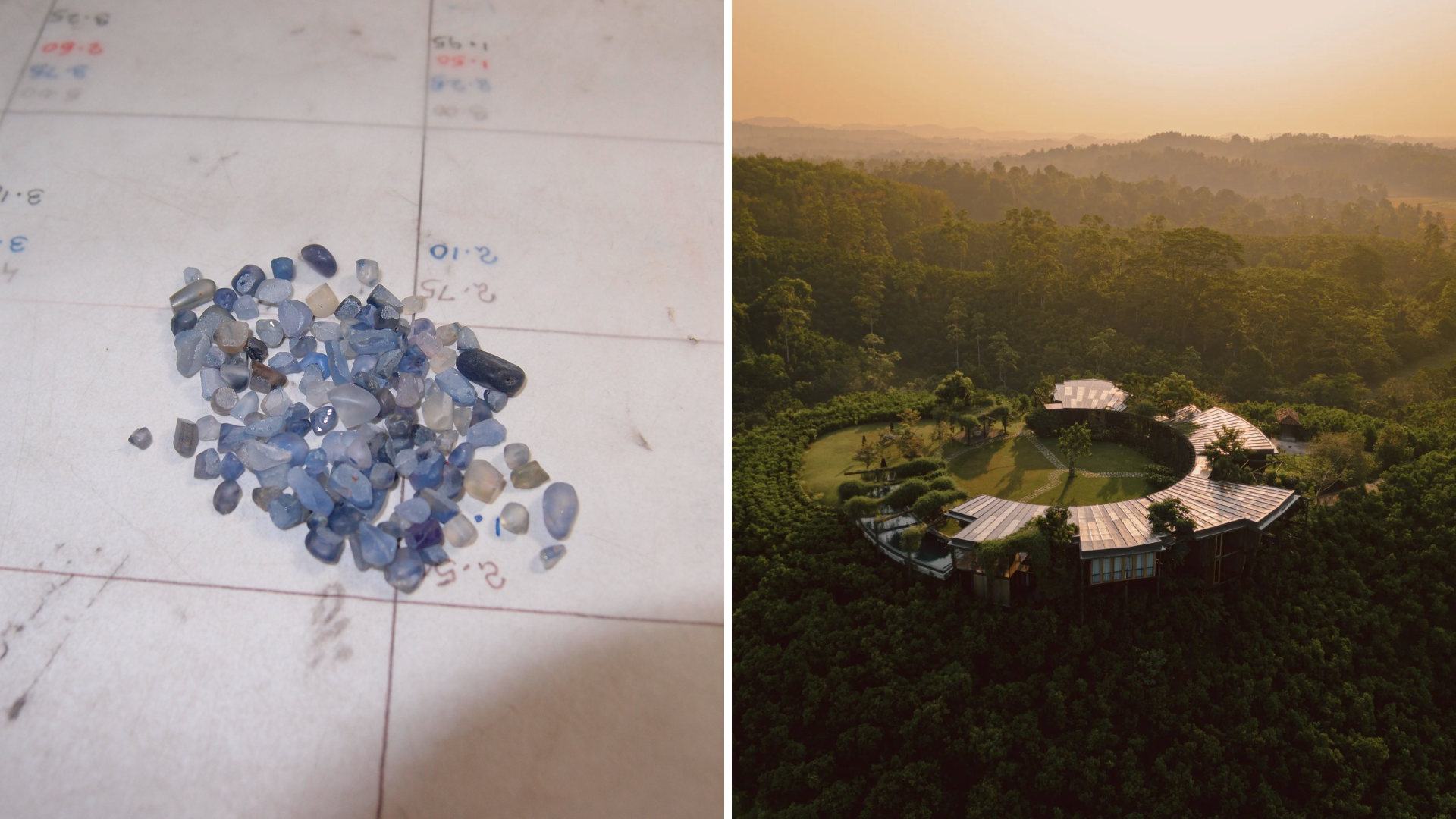 Love jewellery? Now you can book a holiday to source rare gemstones
Love jewellery? Now you can book a holiday to source rare gemstonesHardy & Diamond, Gemstone Journeys debuts in Sri Lanka in April 2026, granting travellers access to the island’s artisanal gemstone mines, as well as the opportunity to source their perfect stone
-
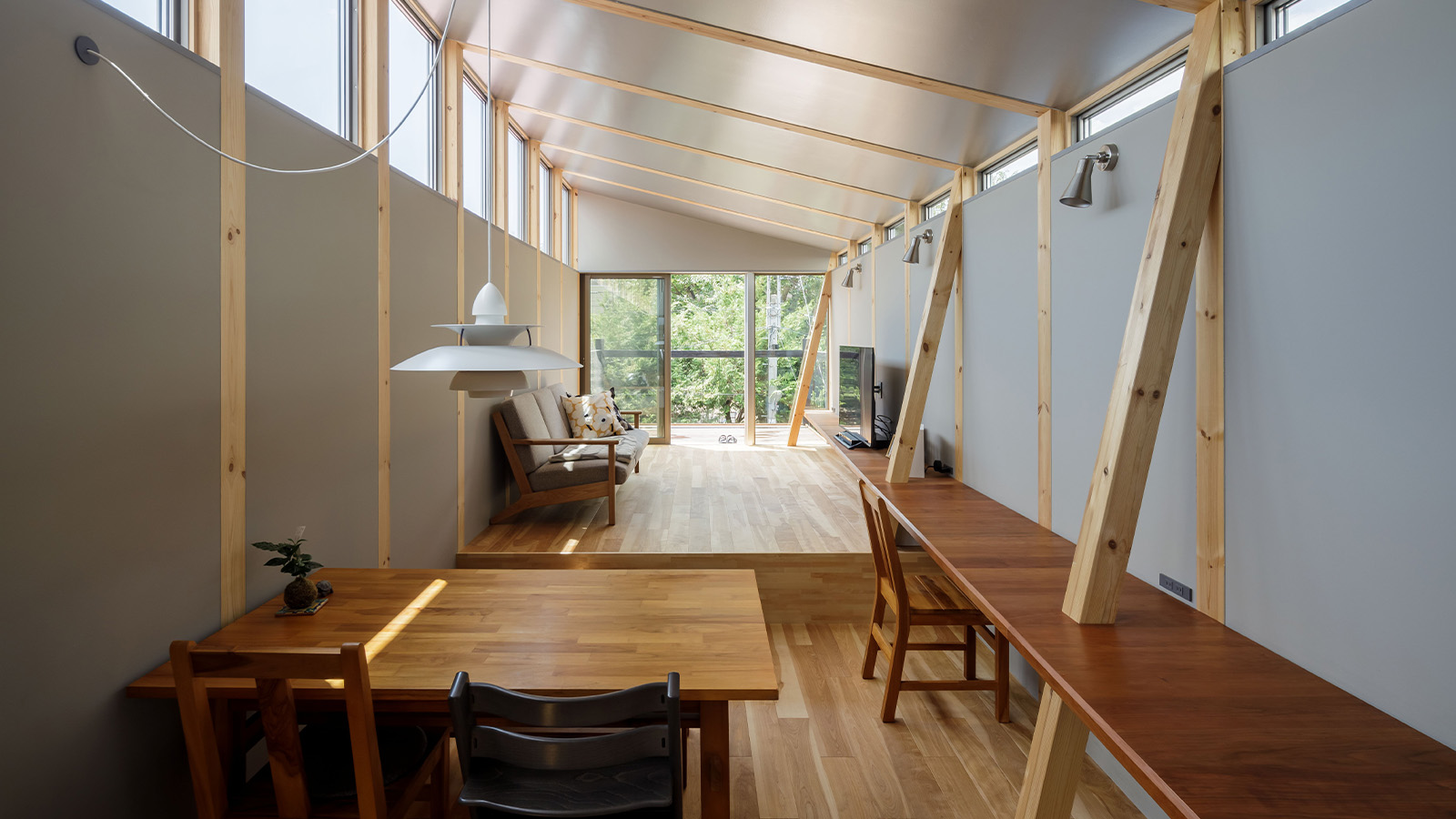 This Fukasawa house is a contemporary take on the traditional wooden architecture of Japan
This Fukasawa house is a contemporary take on the traditional wooden architecture of JapanDesigned by MIDW, a house nestled in the south-west Tokyo district features contrasting spaces united by the calming rhythm of structural timber beams
-
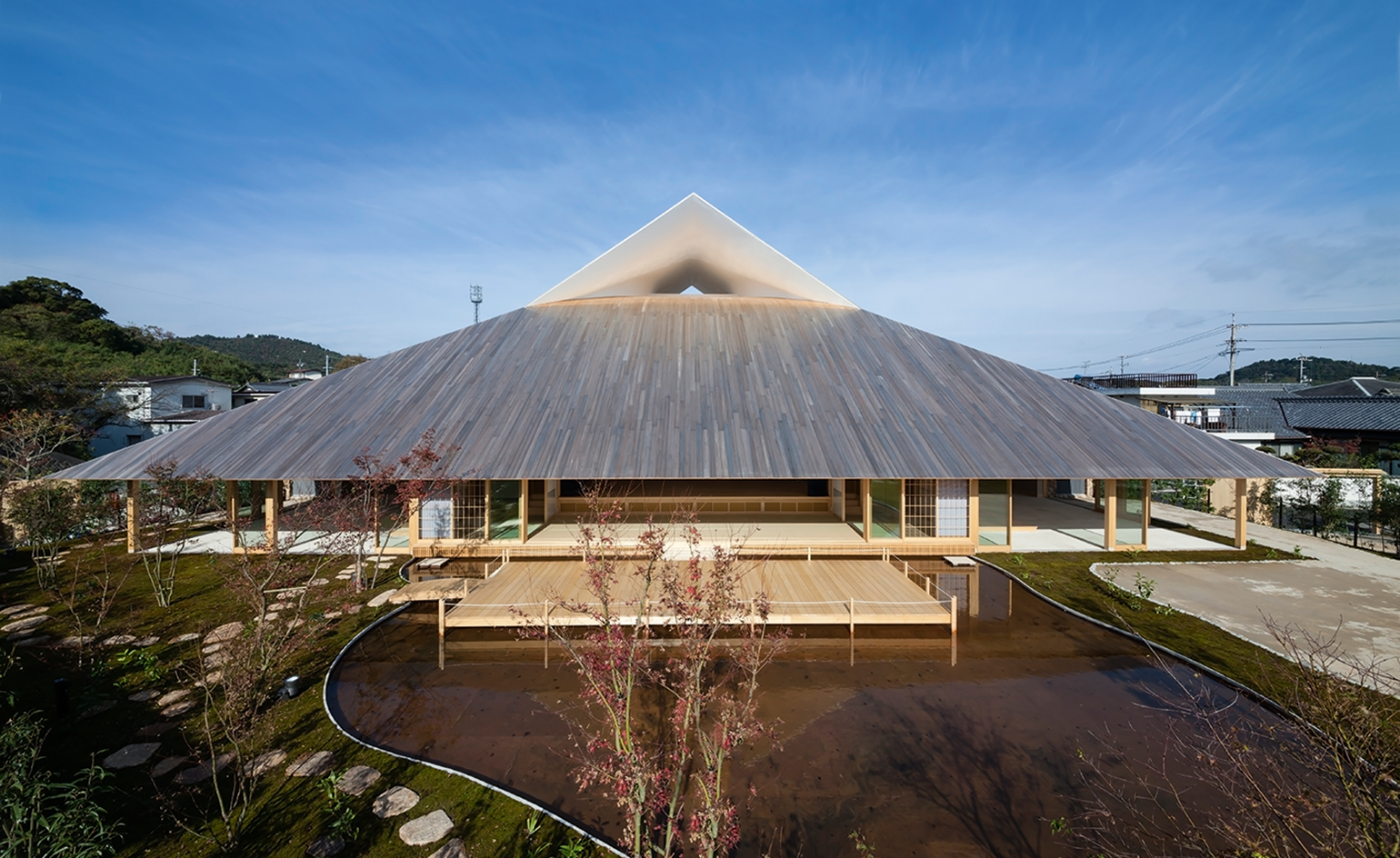 Take a tour of the 'architectural kingdom' of Japan
Take a tour of the 'architectural kingdom' of JapanJapan's Seto Inland Sea offers some of the finest architecture in the country – we tour its rich selection of contemporary buildings by some of the industry's biggest names
-
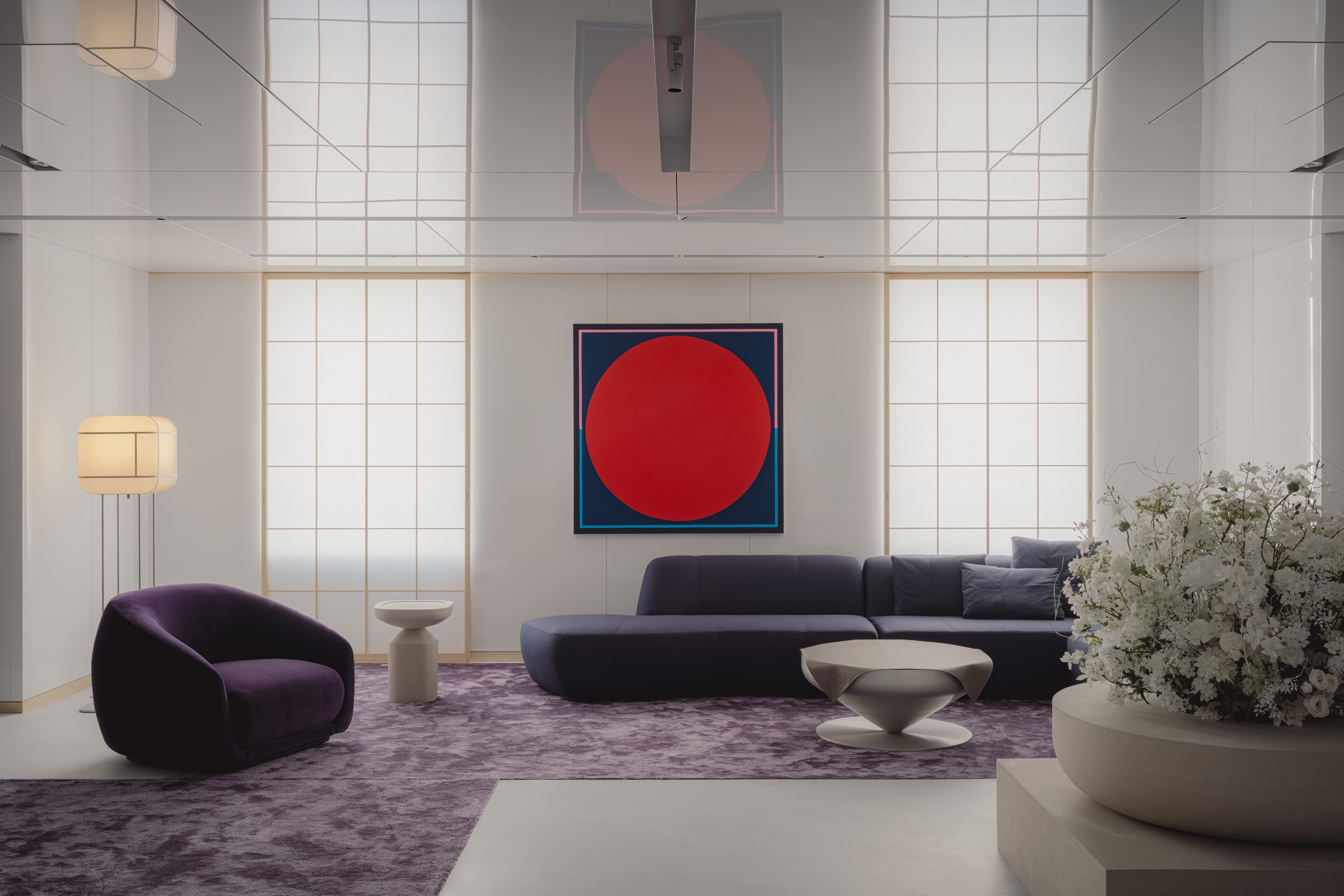 Matsuya Ginza lounge is a glossy haven at Tokyo’s century-old department store
Matsuya Ginza lounge is a glossy haven at Tokyo’s century-old department storeA new VIP lounge inside Tokyo’s Matsuya Ginza department store, designed by I-IN, balances modernity and elegance
-
 The Architecture Edit: Wallpaper’s houses of the month
The Architecture Edit: Wallpaper’s houses of the monthThis September, Wallpaper highlighted a striking mix of architecture – from iconic modernist homes newly up for sale to the dramatic transformation of a crumbling Scottish cottage. These are the projects that caught our eye
-
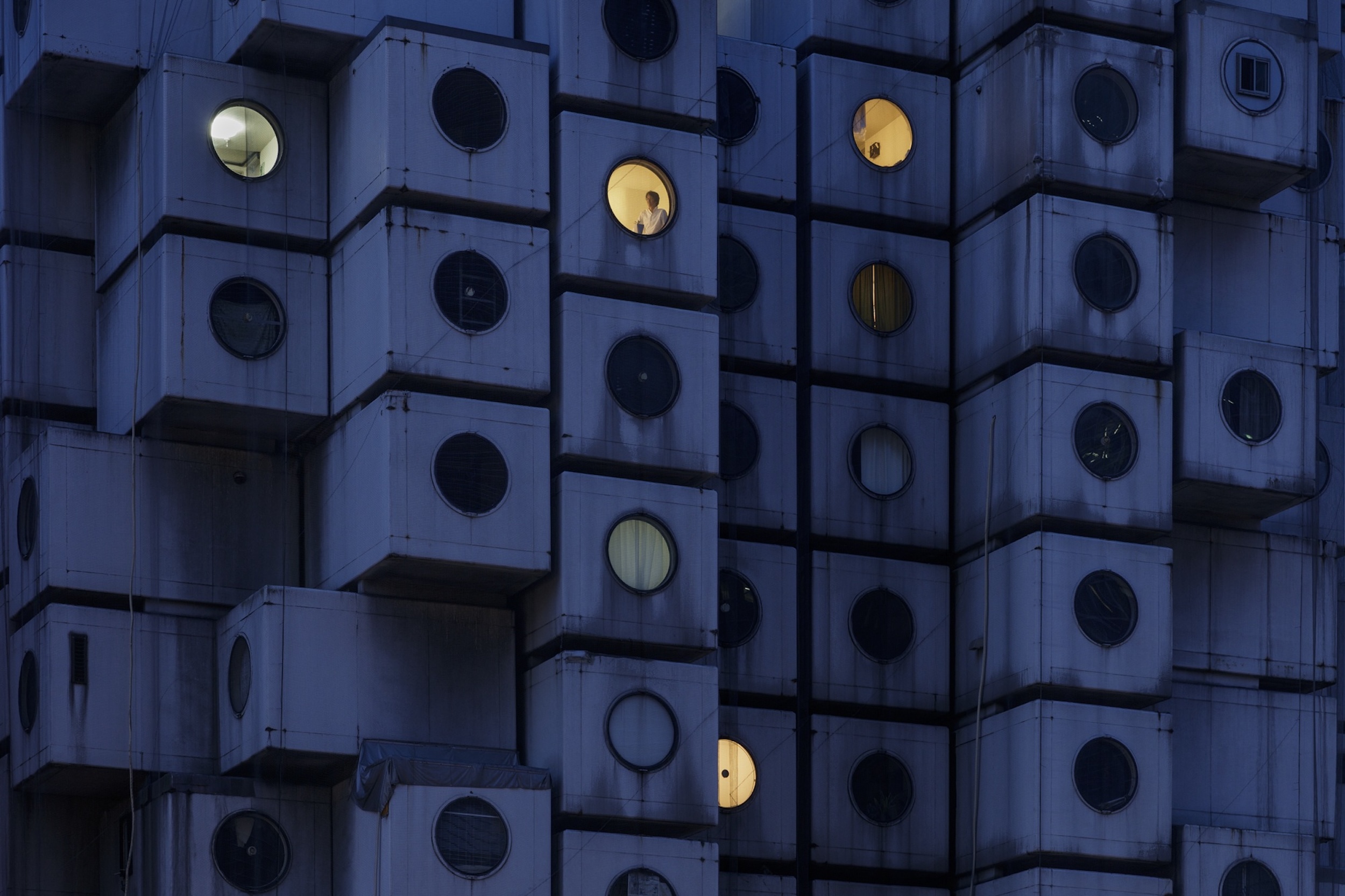 Utopian, modular, futuristic: was Japanese Metabolism architecture's raddest movement?
Utopian, modular, futuristic: was Japanese Metabolism architecture's raddest movement?We take a deep dive into Japanese Metabolism, the pioneering and relatively short-lived 20th-century architecture movement with a worldwide impact; explore our ultimate guide
-
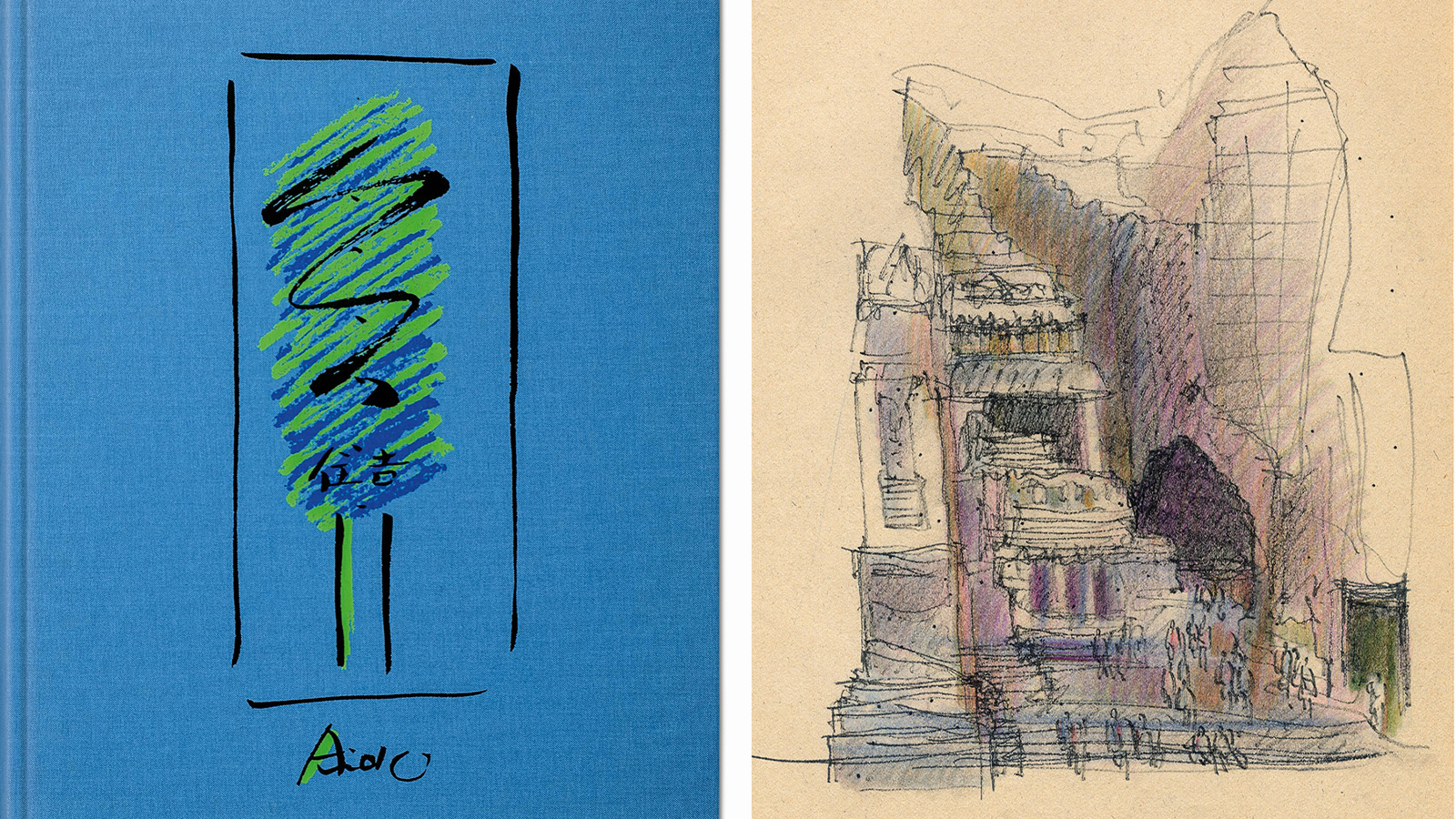 A new Tadao Ando monograph unveils the creative process guiding the architect's practice
A new Tadao Ando monograph unveils the creative process guiding the architect's practiceNew monograph ‘Tadao Ando. Sketches, Drawings, and Architecture’ by Taschen charts decades of creative work by the Japanese modernist master
-
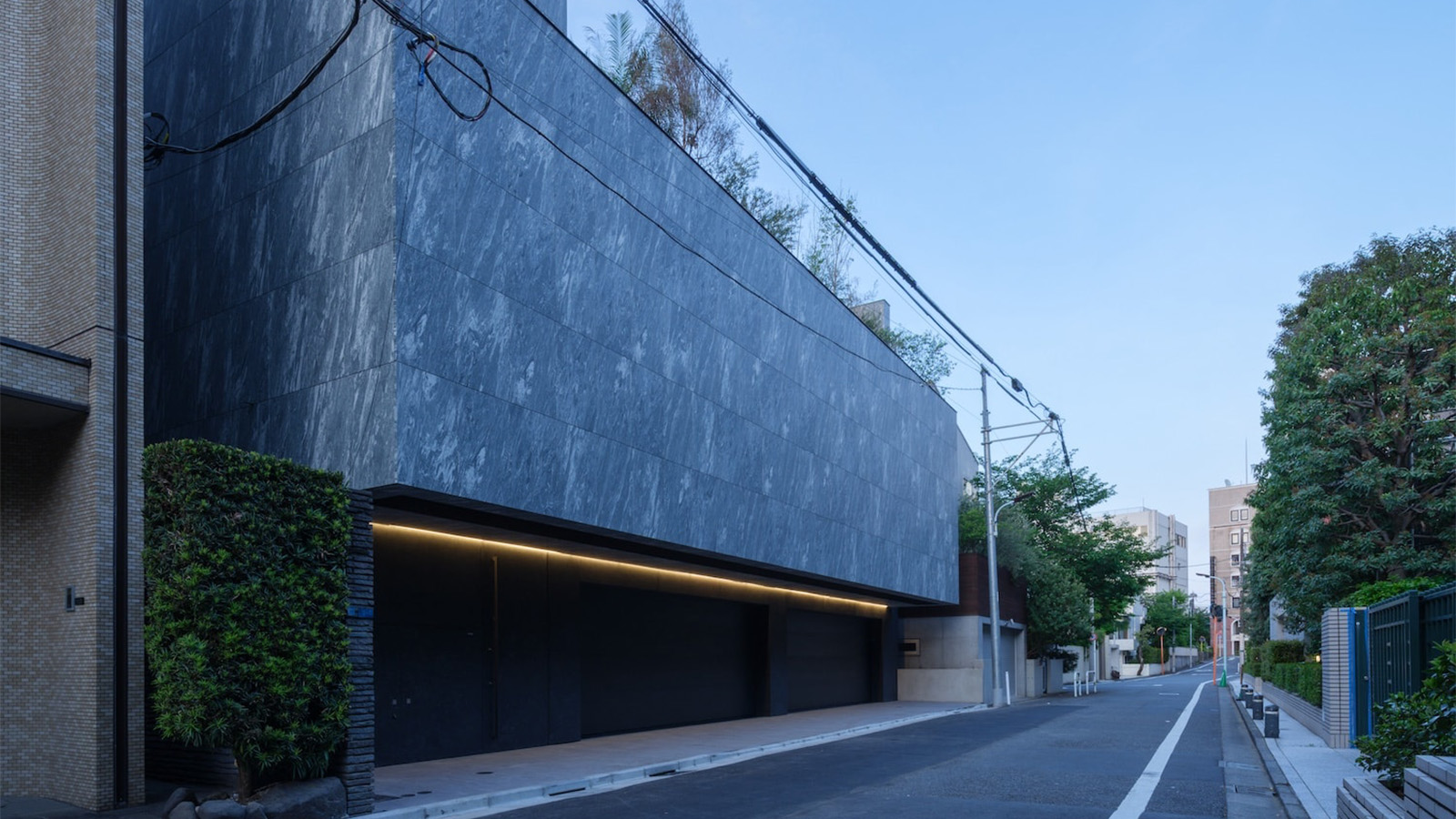 A Tokyo home’s mysterious, brutalist façade hides a secret urban retreat
A Tokyo home’s mysterious, brutalist façade hides a secret urban retreatDesigned by Apollo Architects, Tokyo home Stealth House evokes the feeling of a secluded resort, packaged up neatly into a private residence
-
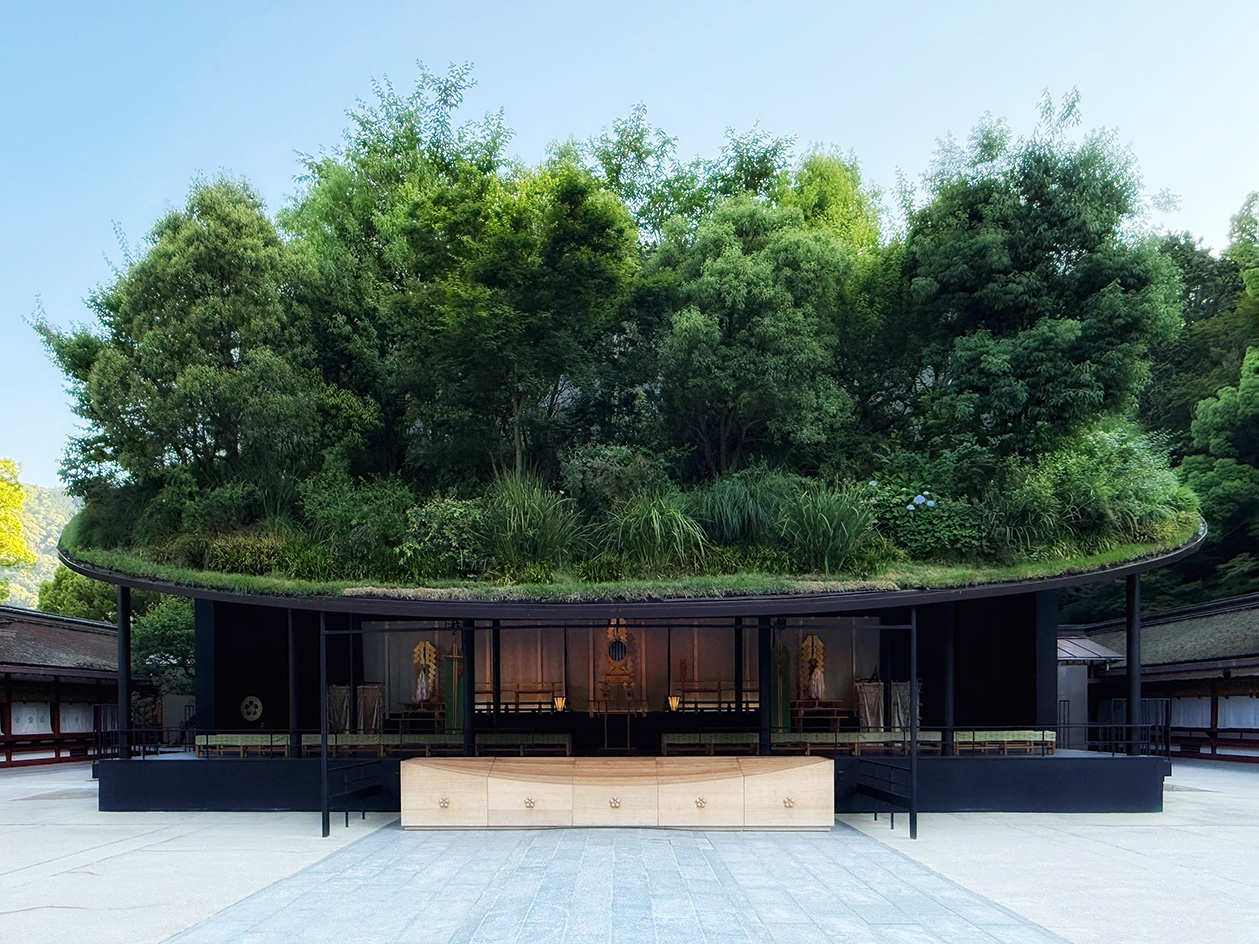 Landscape architect Taichi Saito: ‘I hope to create gentle landscapes that allow people’s hearts to feel at ease’
Landscape architect Taichi Saito: ‘I hope to create gentle landscapes that allow people’s hearts to feel at ease’We meet Taichi Saito and his 'gentle' landscapes, as the Japanese designer discusses his desire for a 'deep and meaningful' connection between humans and the natural world